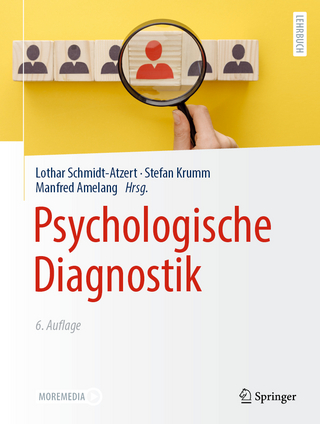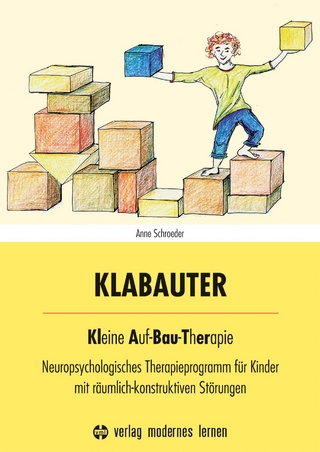
The Architecture of Blame
Lexington Books/Fortress Academic (Verlag)
978-1-6669-4472-3 (ISBN)
The structure of society—whether political, social, economic, religious, or familial—can be described as built upon structures of acceptable blame. But what happens when we can no longer persuade each other about where blame for particular actions should land? What happens when the expected scapegoats refuse that role and bystanders question their support of sacrificing “the usual suspects”? René Girard, master theorist of scapegoating and victimage, would characterize this era as one of sacrificial crisis. The Architecture of Blame: The End of Victimage and the Beginning of Justice explores these current critical areas of failed persuasion as symptoms of a deeper and much more profound crisis in our religious, social, and political order. This book offers six precepts addressing the un- or under-theorized aspects of Girard’s theory of scapegoating and sacrificial violence. These precepts, supported with examples from religion, psychology, literature, and history, illuminate the root causes of the current sacrificial crisis in the world. They open a way forward to a future without scapegoats.
Mary Marcel is associate professor of experience design at Bentley University (PhD Rhetoric, University of California at Berkeley) where she teaches business ethics and managerial communication.
Acknowledgements
Introduction: The Architecture of Blame
Chapter 1: Theorizing the Current Crisis
Chapter 2: The Agency of Human Scapegoats as Scapegoats
Chapter 3: Scapegoating as Process
Chapter 4: Women and Children: Experiences of Violence Without the Sacred
Chapter 5: Fathers and Their Sons as Scapegoats: Ham and Jesus
Chapter 6: Crimes Against Nurture: The Painful Childhood of the Future Powerful
Chapter 7: The Power of Bystanders: Acceding to or Rejecting Scenes of Sacrifice
Conclusion: Reducing Pain and Sharing What Remains
References
About the Author
| Erscheinungsdatum | 16.05.2024 |
|---|---|
| Sprache | englisch |
| Maße | 161 x 237 mm |
| Gewicht | 590 g |
| Themenwelt | Geisteswissenschaften ► Psychologie |
| Geisteswissenschaften ► Religion / Theologie | |
| ISBN-10 | 1-6669-4472-6 / 1666944726 |
| ISBN-13 | 978-1-6669-4472-3 / 9781666944723 |
| Zustand | Neuware |
| Haben Sie eine Frage zum Produkt? |
aus dem Bereich


